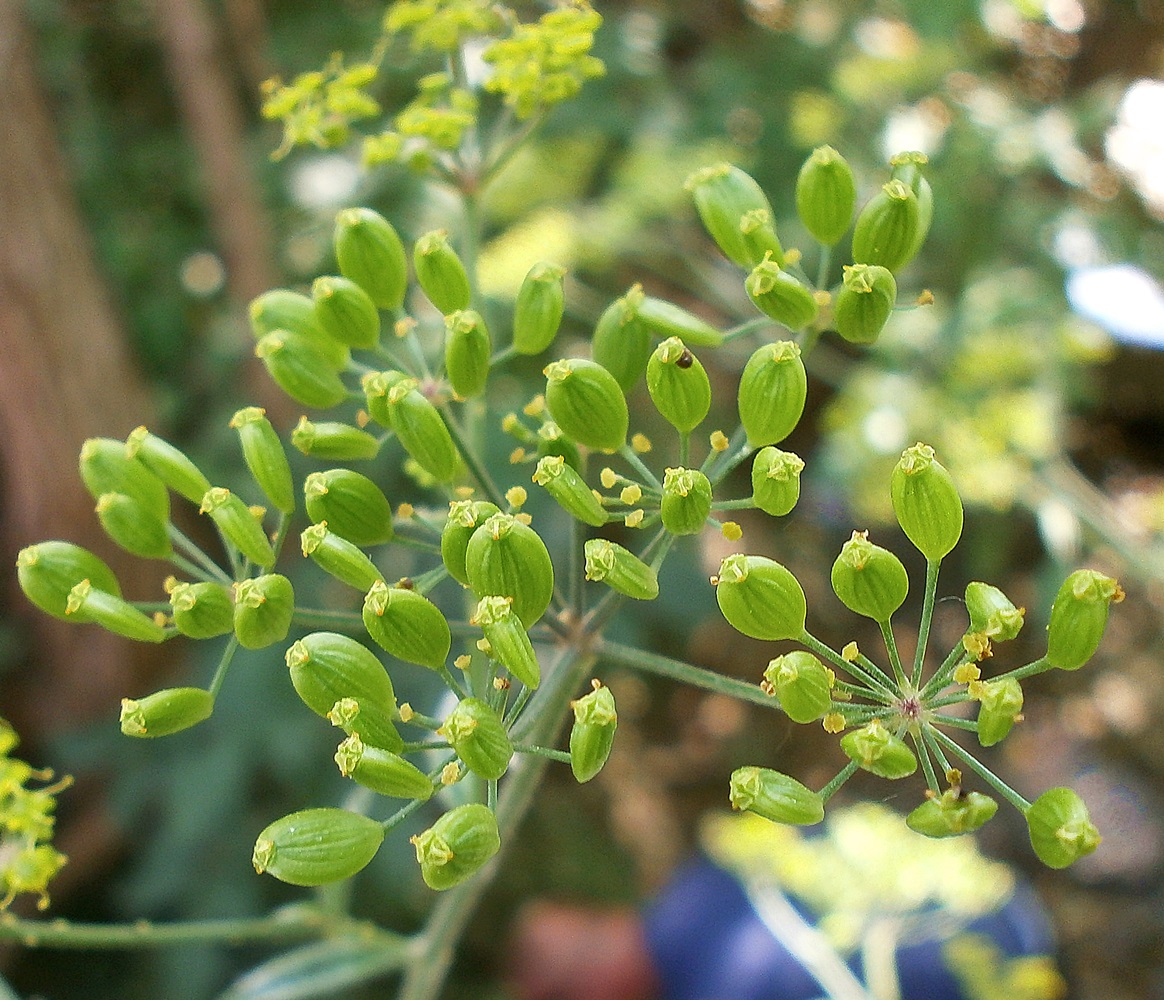ISOLATION AND CHARACTERIZATION OF PHYTOCHEMICALS OF PASTINACA UMBROSA
UDC 547.314
Abstract
The Pastinaca genus belongs to Umbelliferae family. Pastinaca umbrosa grows widely in the north-west, west and center of Azerbaijan. In the present study, phytochemicals of the plants have been isolated and their structures have been elucidated. The mix of extractive substances was obtained by finely cutting the body of Pastinaca umbrosa, then drying in the room conditions (200 g) and extracting by acetone 3 times (3 days for each time). The acetone was filtered and evaporated on a water bath. The residue was a dark-brown resin (12 g, 6% yield). The resin (12 g) was dissolved in CHCl3 (50 mL) and chromatographed over a column of neutral Al2O3 with elution by hexane, hexane + benzen, benzene, benzene +chloroform, chloroform and chloroform+ etanol, in different ratios. The volume of each fraction was 100 mL. The separation and isolation process was carried out using column (silicagel) and thin layer chromatographic (TLC) methods. Structure elucidation of thepurified compounds were based on IR, UV, 1H and 13C-NMR data, in comparison with those reported in theprevious literatures. The isolated compounds from the aceton extracts of P. umbrosa were identified as esculetin 2.5%, scopoletin 4.5%, and umbelliferon 3.5%.
Downloads
Metrics
References
Askerov A.M. High plants of Azerbaijan (Concept of the flora of Azerbaijan II). Baku, 2006, vol. 2, 195 p.
Serkerov S.V. Terpenoids and phenolic plants of the Asteraceae and Apiaceae families. Baku, 2005, 311 p.
Basile A., Sorbo S. Molecules, 2009, vol. 14(3), pp. 939–952.
Gebhardt Y., Witte S., Forkmann G., Lukacin R., Matern U., Martens S. Phytochemistry, 2005, vol. 66, pp. 1273–1284. DOI: 10.1104/pp.107.098392.
Sarker S.D., Nahar L. Progress in the Chemistry of Organic Natural Products, 2017, vol. 106, pp. 241–304. DOI: 10.1007/978-3-319-59542-9-3.
Walasek M., Grzegorczyk A. et. al. Food Chemistry, 2015, vol. 186, pp. 133–138. DOI: 10.1016/j.foodchem.2015.02.011.
Sharifi-Rad J., Cruz-Martins N., López-Jornet P. et. al. Oxidative Medicine and Cellular Longevity, 2021, 6492346. DOI: 10.1155/2021/6492346.
Kubrak T., Podgórski R., Stompo M. European Journal of Clinical and Experimental Medicine, 2017, vol. 15 (2), pp. 169–175 DOI: 10.15584/ejcem.2017.2.12.
Kim Y., Park Y., Namkoong S., Lee J. Food Funct., 2014, vol. 5, pp. 2371–2377.
Kaneko T., Tahara S., Takabayasi F. Biol. Pharm. Bull., 2003, vol. 26, pp. 840–844. DOI: 10.1248/bpb.26.840.
Liang M. Sci. Technol. Food Ind., 2006, vol. 27, pp. 64–66. DOI: 10.3390/molecules22030387.
Yang J.Y., Della-Fera M.A., Baile C.A. Apoptosis, 2006, vol. 11, pp. 1371–1378. DOI: 10.1007/s10495-006-7691-5.
Schultze C., Schmidt B. Beilstein J. Org. Chem, 2018, vol. 14, pp. 2991–2998. DOI: 10.3762/bjoc.14.278.
Kenari H.M., Kordafshari G., Moghimi M., Eghbalian F., TaherKhani D. Journal of Pharmacopuncture, 2021, vol. 24(1), pp. 14–23. DOI: 10.3831/KPI.2021.24.1.14.
Oliveira E., Romera M.A., Silva M.S. Planta Medica, 2001, vol. 67 (7), pp. 605–608. DOI: 10.1055/s-2001-17355.
Ojewole J.A.O., Adesina S.K. Planta Med, 1983, vol. 49(9), pp. 46–50. DOI: 10.1055/s-2007-969809.
Firmansyah A., Winingsih W., Dian J., Manob Y. Biointerface Res. Appl. Chem., 2021, vol. 11, pp. 12006–12019. DOI: 10.33263/BRIAC114.1200612019.
Kumar R., Kumar Tewari A. Synthesis of Medicinal Agents from Plants, 2018, pp. 229–256. DOI: 10.1016/B978-0-08-102071-5.00010-6.
Radha G.V., Sadhana B., Trideva Sastri K., Ganapaty S. JPP, 2019, vol. 8(1), pp. 59–66.
Serkerov S.V., Aleskerova A.N. Infrared spectra and structure of sesquiterpene lactones and coumarins. Baku, 2006, 233 p.

Copyright (c) 2022 chemistry of plant raw material

This work is licensed under a Creative Commons Attribution 4.0 International License.

This work is licensed under a Creative Commons Attribution 4.0 International License.
The authors, which are published in this journal, agree to the following conditions:
1. Authors retain the copyright to the work and transfer to the journal the right of the first publication along with the work, at the same time licensing it under the terms of the Creative Commons Attribution License, which allows others to distribute this work with the obligatory indication of the authorship of this work and a link to the original publication in this journal .
2. The authors retain the right to enter into separate, additional contractual agreements for the non-exclusive distribution of the version of the work published by this journal (for example, to place it in the university depository or to publish it in a book), with reference to the original publication in this journal.
3. Authors are allowed to post their work on the Internet (for example, in a university repository or on their personal website) before and during the review process of this journal, as this may lead to a productive discussion, as well as more links to this published work.











